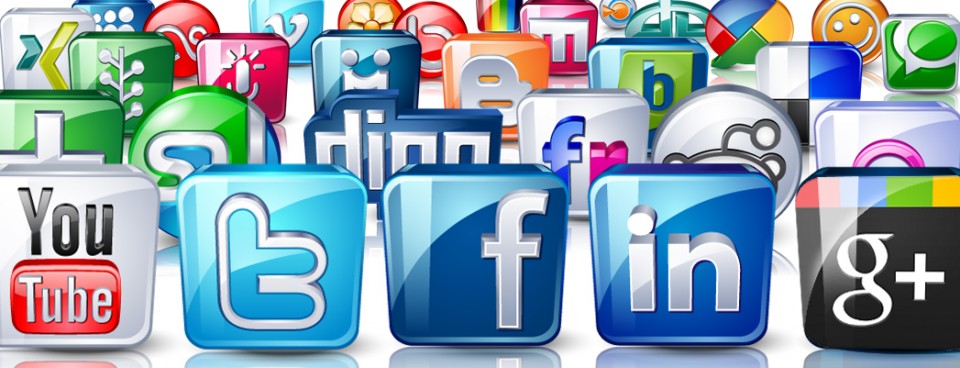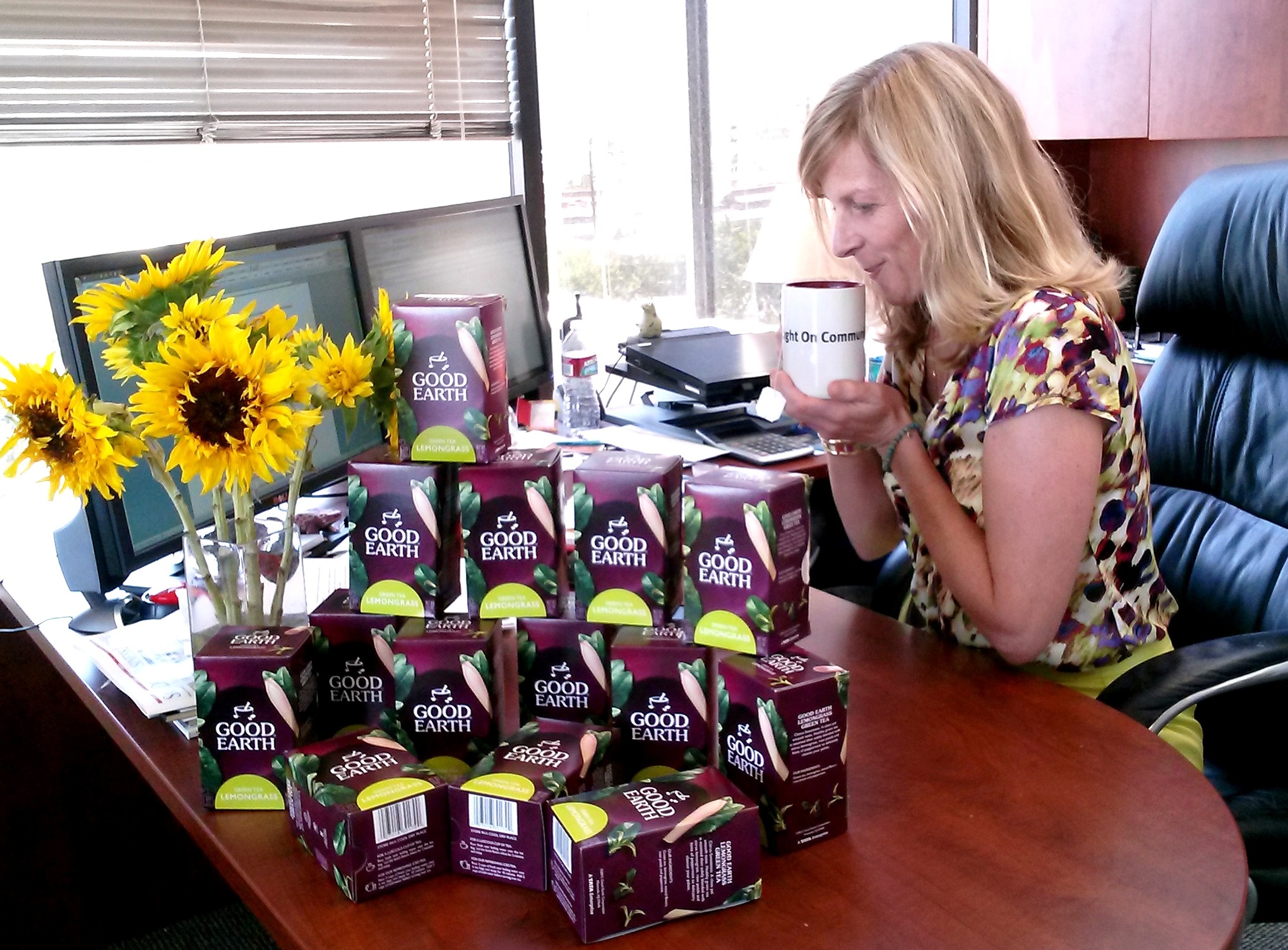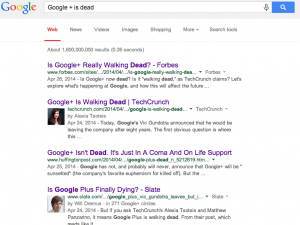
Jay-Z. Lady Gaga. Kim Kardashian. Whether these names make you giddy or gag, there’s one thing for sure – you know exactly who they are. With longstanding stints in the public eye, these celebrities have establishing a recognizable, trademark presence and personal brand down to a science. Even if you’re not looking to make yourself the next rap-repreneuer, eccentric musical goddess or love-to-hate pop culture fixture, this group delivers some great takeaways that can inform developing and innovating branding and messaging in just about any industry.
Jay-Z
Jay said it himself: “I’m not a businessman; I’m a business, man.” This guy has his hand in more projects than most people manage in a lifetime – besides his obvious source of primary income as a rapper, he owns record labels, liquor brands, nightclubs and more. The backbone of his brand is elevating himself as a high-class jack of all trades, but with a twist – it’s not his businesses that make him, but the other way around.
What he can teach you: Build yourself or your brand up to be the authority, the reigning expert. Identify areas where you can position yourself as a thought leader, early adopter or innovator and capitalize on them. If you’re like Jay and can truly master a number of empires, by all means, do it and do it proud. However, it’s far better to be absolutely stellar at one thing than to be just ok at many – that will build a reputable, strong presence within your industry or with your customers.
Lady Gaga
Lady Gaga is a chameleon when it comes to her style du jour – who could forget her infamous meat dress? – but her brand has been consistent from the start. She lives the old Oscar Wilde adage, “There is only one thing in the world worse than being talked about, and that is not being talked about.” Gaga uses her quirkiness and willingness to dance to the beat of a slightly different drummer to stay on people’s radars, as well as her passionate devotion to human rights causes.
What she can teach you: I’m in no way suggesting a lawyer or C-level executive must oversee meetings in a bedazzled egg capsule to maintain industry relevancy and garner attention. But, it is important to build your own brand of weird – it may not even be weird in the literal sense, but just how you set yourself apart from your competitors. Why are you different than them? It also never hurts to attach yourself to a cause, whether it’s fighting for better content marketing or making sure your organization spends time giving back. Just one thing – if it’s the latter, please be genuine. There’s nothing worse than using a philanthropic cause just to look good.
Kim Kardashian
Ms. Kardashian cultivates a wide-eyed, vapid persona that makes her seem… well, dumb. But you know what? I’d bet you the whole Kardashian-Jenner and West fortune she’s not. Think back a decade. No one knew who Kim Kardashian was. And although she may not have burst onto the scene in the most flattering light, she definitely rose above it and has built herself an empire. Sure, she’s famous for simply being famous, but she’s effectively leveraged that to build businesses and amass a fortune that is nothing to sneeze at.
What she can teach you: You can make a comeback. People make mistakes, and these people run companies and develop brands. Maybe a new logo didn’t sit well with diehard fans or a social media manager made a snafu on Twitter. Acknowledge your error, listen to your audience and put a plan in motion to make it right. It always helps if you can laugh at yourself a bit, too – the humanity will be appreciated. Plus, if you’re on the radar for doing something not-so-great, a well-executed new strategy will be even sweeter once carried out.
What other celebrities do you think have PR and branding down? Let us know at @wrightoncomm.


















 Grant Wright
Grant Wright Corie Fiebiger
Corie Fiebiger
 Shae Geary
Shae Geary Phelan Riessen
Phelan Riessen Katrina Early
Katrina Early Hamish Marshall
Hamish Marshall